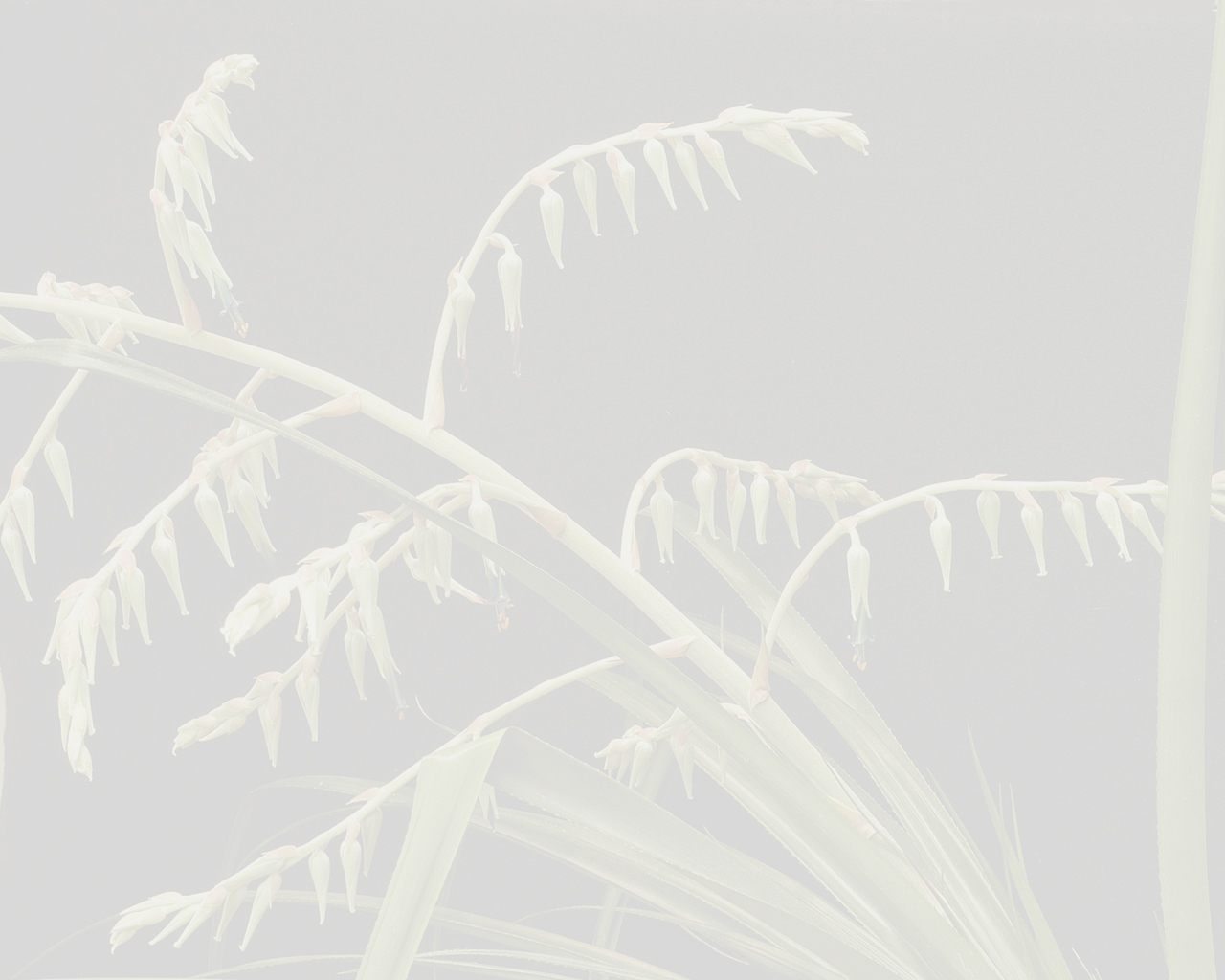Puya ferruginea (Ruiz & Pav.) L.B.Sm.
Literature references:
*move your mouse pointer over the page numbers to see comment
Comments:
- LOCAL NAMES. Ecuador: Passas (! Andre). Peru: Achupalla, orcco-achupalla, ccoe-achupalla, china-achupalla.
In spite of the extremes in size of flowers it seems best to regard Puya ferruginea as a single highly variable species. Any attempt to recognize the segregates of Mez and of Harms is frustrated by numerous intergrading specimens. The problem can be resolved only by population studies in the field. The transfer of this species to Puya has been discussed above. —See Smith & Downs 1974
- OBSERVATIONS. Two populations have been found in Ecuador. The first was found near Guaranda, province of Bolivar, in the montane forest region. Andre named it P. echinotricha, currently a synonym of P. ferruginea. It is a polycarpic species that forms dense colonies with branched trunks. The petals do not have calluses. The second population grows on the flat plateaus of the Cordillera de Huaracayos, province of Morona Santiago, in the region of Amazonia, occurring among herbaceous or shrub vegetation. The plants of P. ferruginea that grow in the Cordillera de Huaracayos are monocarpic, with stems growing up to 150 cm long, without branches. At flowering, the inflorescence is seen emerging among the shrub vegetation and can reach a height of 6-7 m. The petals possess two long calluses at the base.
Smith (1974) united all the Puya species with ferruginous indument under this species, as synonyms. I personally believe that this requires a revision of all the type collections of the taxa as synonyms. This would permit the correct separation of species, such as the two populations of P. ferruginea growing in Ecuador, with clearly different morphology and habitats. Sadly, to this date, I have not been able to gather the material necessary that would permit me to make the separation of the two populations registered in Ecuador.
The ferruginous indument of both populations causes irritation and itching of the skin. Before anthesis the flowers are erect; they hang at anthesis, turning back to remain parallel to the axis.
The population of P. ferruginea growing near Guaranda, does not produce a new generation of plants from seeds, it occurs in areas where the agriculture frontier is constantly increasing and seeds do not germinate; it grows only by means of offsets. P. ferruginea is almost
always found in dense colonies as living fences. The population of P. ferruginea growing in the Cordillera de Huaracayos produces a multitude of new plants from seed. Examples are found of newly germinating plants up to mature plants at the point of flowering. Most are found on the edge of the plateau, growing in abundant Sphagnum with high humidity. At first glance, the dense populations of P. ferruginea seem similar to the genus Greigia.
Until the two populations are separated into two different species, this Puya will be the only one that inhabits both the montane region and Amazonia. —See Manzanares 2005

